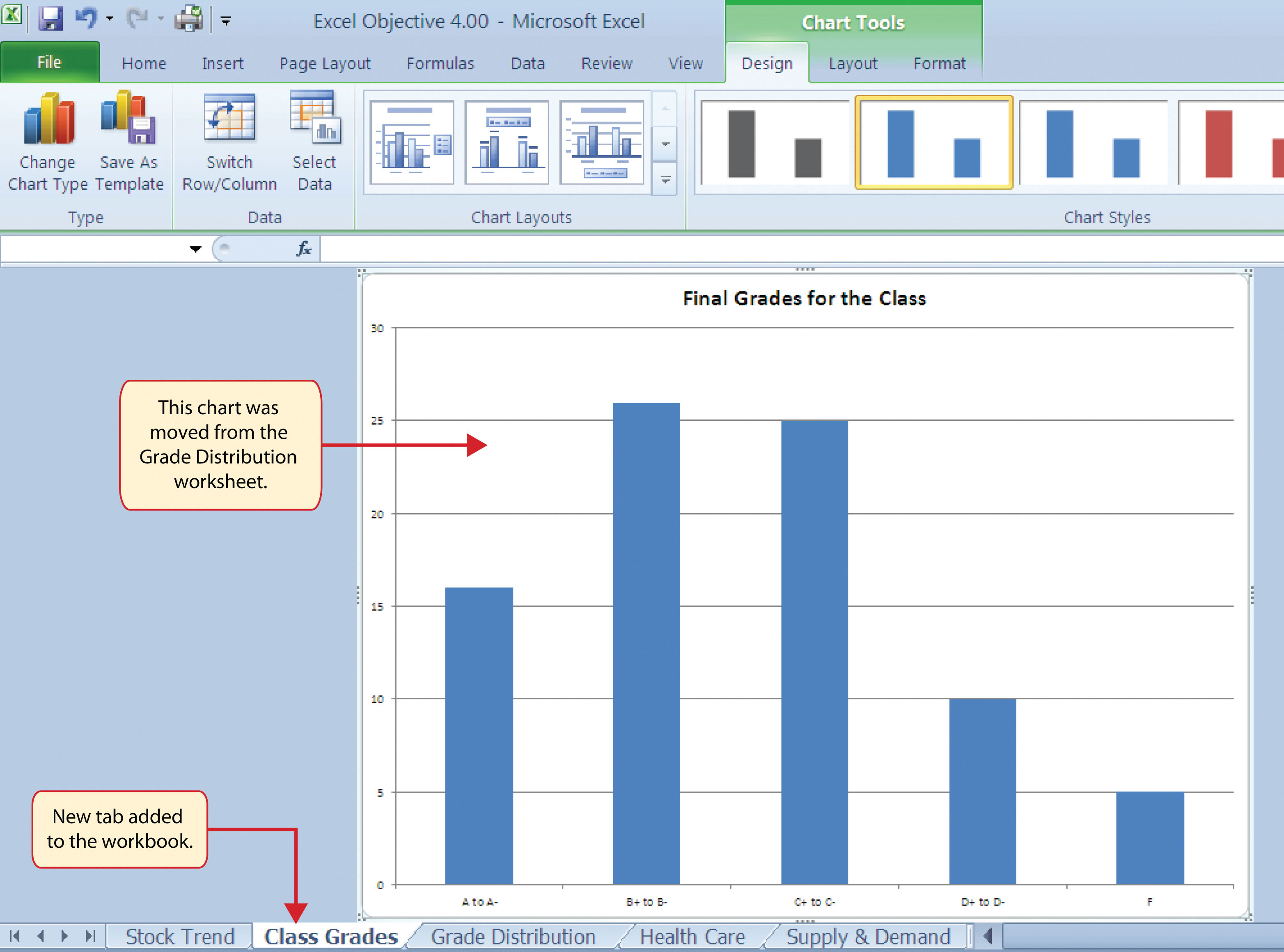If you want the text to be vertical in a cell (each character takes up one line), click the box to the left of the semicircle angle box in the “Orientation” but (the box with the word “Text” in a vertical format). Learn how to use Excel for Mac 2011 to create different kinds of charts—from column, bar, and line charts to Gantt and exploded pie charts—and understand how to decide which type works best for your data.
- How To Show Data Table In Chart In Excel
- Edit Text Box In Chart In Excel 2008 For Mac
- What Is Chart In Excel
How To Show Data Table In Chart In Excel
If you have a spreadsheet where the text in your column headings (not the lettered column headings) is longer than the text in the columns, and there are a lot of columns, you may want to rotate the text in your headings so the columns become narrower.
NOTE: We used Excel 2013 to illustrate this feature.
This also allows you to fit more columns of data in a smaller area. To rotate the text in cells, first highlight the cells you that contain the text you want to rotate. Make sure the “Home” tab is active and click the “Orientation” button in the “Alignment” section of the “Home” tab (the button with the slanted text). Select an option to rotate the text. The icons to the left of the options show which way the text will rotate.
The text is rotated in the chosen direction in the selected cells.
For more fine-tune control when rotating your text, highlight the cells containing the text you want to rotate and click the “Alignment Settings” button in the lower-right corner of the “Alignment” section of the “Home” tab.
The “Format Cells” dialog box displays. The “Alignment” tab automatically displays. To rotate the text, click on any point along the semicircle in the “Orientation” box. The number of degrees of the rotation displays in the “Degrees” edit box. If you know the specific number of degrees you want to rotate the text, type the number directly into the “Degrees” edit box, or use the spinner arrow buttons to select a number.
If you want the text to be vertical in a cell (each character takes up one line), click the box to the left of the semicircle angle box in the “Orientation” but (the box with the word “Text” in a vertical format). The button turns black to show that the option is on and your text will look like the first cell in the image below once you click “OK” on the “Format Cells” dialog box.
To reverse the rotation of your text and display it normally, simply go back to the “Alignment” tab on the “Format Cells” dialog box and enter “0” (that’s a zero, not the letter “O”) in the “Degrees” edit box. To reverse vertical text, simply click the vertical text button on the “Alignment” tab so the button is not black.
READ NEXT- › Free Download: Microsoft’s PowerToys for Windows 10
- › How to Overclock Your Computer’s RAM
- › What’s New in Chrome 77, Arriving September 10
- › How to Use Pipes on Linux
- › Why Does USB Have to Be So Complicated?
As shown in the figure below, I plot three lines. The legend entry, series 1, 2, 3, are created automatically by Excel. I want to edit these entries to be, such as line 1, 2, 3. But I didn't find a way to do this.
datcndatcn3 Answers
The data series names are defined by the column headers. Add the names to the column headers that you would like to use as titles for each of your data series, select all of the data (including the headers), then re-generate your graph. The names in the headers should then appear as the names in the legend for each series.
David David
DavidThere are 3 ways to do this:
1. Define the Series names directly
Edit Text Box In Chart In Excel 2008 For Mac
Right-click on the Chart and click Select Data then edit the series names directly as shown below.
You can either specify the values directly e.g. Series 1 or specify a range e.g. =A2
2. Create a chart defining upfront the series and axis labels
Simply select your data range (in similar format as I specified) and create a simple bar chart. The labels should be defined automatically.
3. Define the legend (series names) using VBA
Similarly you can define the series names dynamically using VBA. A simple example below:
This will redefine the first series name. Just change the index from (1) to e.g. (2) and so on to change the following series names. What does the VBA above do? It sets the series name to Hello as '='Hello'' translates to ='Hello' (' have to be escaped by a preceding ').
 AnalystCave.comAnalystCave.com
AnalystCave.comAnalystCave.comWhat Is Chart In Excel
Left Click on chart.«PivotTable Field List» will appear on right. On the right down quarter of PivotTable Field List (Σ Values), you see the names of the legends. Left Click on the legend name.Left Click on the «Value field settings».At the top there is «Source Name». You can’t change it.Below there is «Custom Name». Change the Custom Name as you wish.Now the legend name on the chart has the new name you gave.